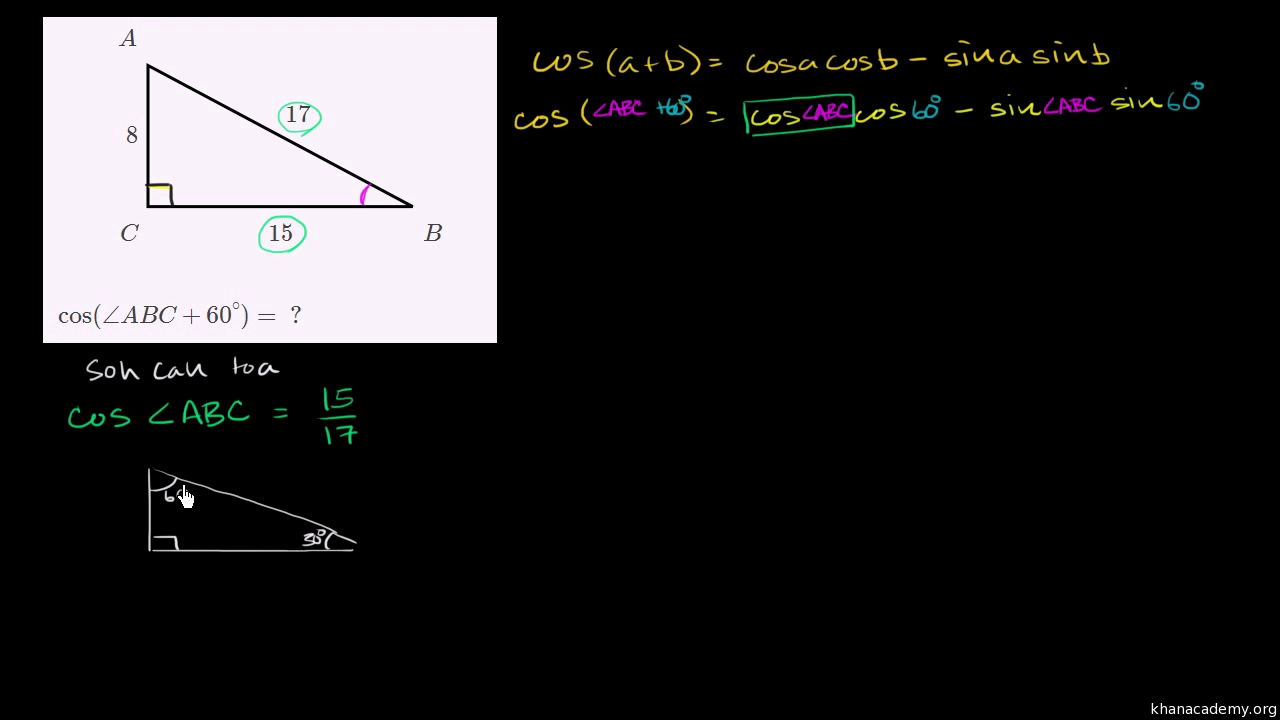
 P.N.CN.A.3 Represent complex numbers on the complex plane in rectangular and polar form (including real and imaginary numbers), and explain why the rectangular and polar forms of a given complex number represent the same number. P.N.CN.A.2 Find the conjugate of a complex number use conjugates to find moduli and quotients of complex numbers. P.N.CN.A.1 Perform arithmetic operations with complex numbers expressing answers in the form a + bi. P.N.CN.A Perform complex number arithmetic and understand the representation on the complex plane. P.N.NE.A.5 Understand that rational expressions form a system analogous to the rational numbers, closed under addition, subtraction, multiplication, and division by a nonzero rational expression add, subtract, multiply, and divide rational expressions.
P.N.CN.A.3 Represent complex numbers on the complex plane in rectangular and polar form (including real and imaginary numbers), and explain why the rectangular and polar forms of a given complex number represent the same number. P.N.CN.A.2 Find the conjugate of a complex number use conjugates to find moduli and quotients of complex numbers. P.N.CN.A.1 Perform arithmetic operations with complex numbers expressing answers in the form a + bi. P.N.CN.A Perform complex number arithmetic and understand the representation on the complex plane. P.N.NE.A.5 Understand that rational expressions form a system analogous to the rational numbers, closed under addition, subtraction, multiplication, and division by a nonzero rational expression add, subtract, multiply, and divide rational expressions.  P.N.NE.A.4 Simplify complex radical and rational expressions discuss and display understanding that rational numbers are dense in the real numbers and the integers are not. P.N.NE.A.3 Classify real numbers and order real numbers that include transcendental expressions, including roots and fractions of π and e. P.N.NE.A.2 Understand the inverse relationship between exponents and logarithms and use this relationship to solve problems involving logarithms and exponents. P.N.NE.A.1 Use the laws of exponents and logarithms to expand or collect terms in expressions simplify expressions or modify them in order to analyze them or compare them.
P.N.NE.A.4 Simplify complex radical and rational expressions discuss and display understanding that rational numbers are dense in the real numbers and the integers are not. P.N.NE.A.3 Classify real numbers and order real numbers that include transcendental expressions, including roots and fractions of π and e. P.N.NE.A.2 Understand the inverse relationship between exponents and logarithms and use this relationship to solve problems involving logarithms and exponents. P.N.NE.A.1 Use the laws of exponents and logarithms to expand or collect terms in expressions simplify expressions or modify them in order to analyze them or compare them. 
P.N.NE.A Represent, interpret, compare, and simplify number expressions.










